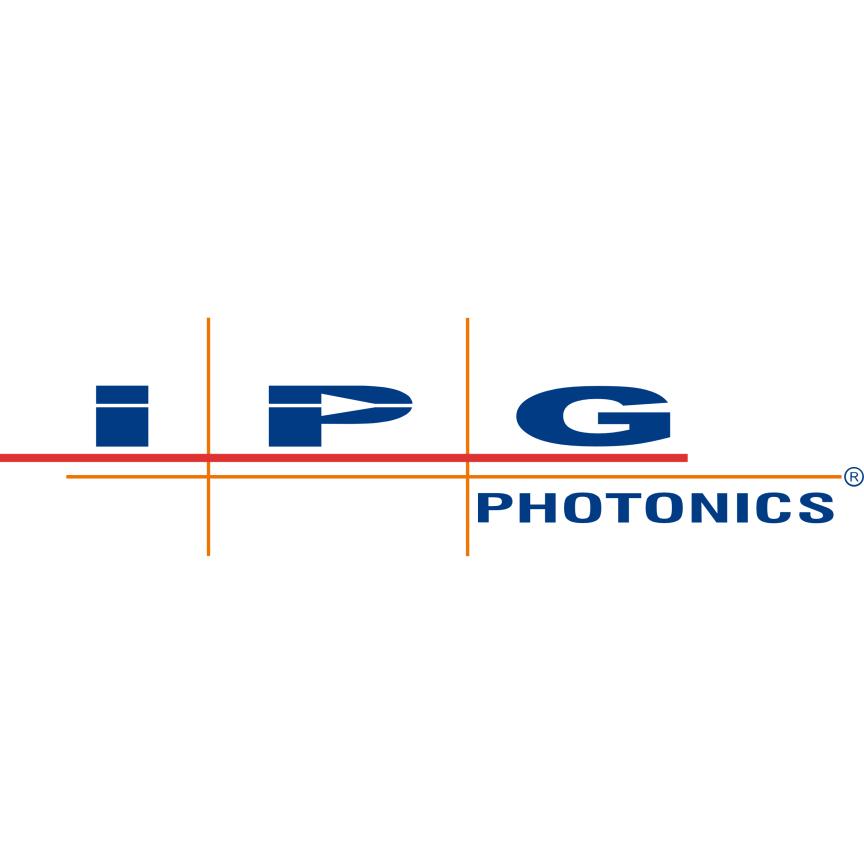If one thing is certain, it's that laser technology is developing at an astonishingly fast rate. ‘It’s a dynamic field; the properties of lasers are changing,’ says Peter Leibinger, president of Trumpf’s laser division. Bill Shiner, vice president of industrial products at IPG, agrees: ‘Lasers used to be seen as a necessary evil for manufacturing; now they are the preferred method.’
It’s true: in terms of the power, efficiency and beam quality, lasers are better than ever before, opening doors to applications that would have been inconceivable for previous technology. And this is due, in no small part, to advances made in fibre and disc laser technology.
But it’s not often that you’ll see a (predominantly) disc laser manufacturer and a fibre laser manufacturer agreeing. Ever since their conception the two types of laser source have been seen as direct competition for multiple applications, and now they are reaching maturity the battle is raging more strongly than ever before.
Looking at the bare statistics, there is little to differentiate the two technologies. Both can produce multi-kilowatt power output at roughly 25 to 30 per cent wall plug efficiency, and both offer excellent beam quality in at least part of this range. It is only when you dig a bit deeper, and look at the applications in which the lasers are used, that key differences start to emerge.
At the very basic level, fibre lasers are more compact, making them more amenable for use in mobile or space-restricted applications, and the laser output, emitted through the fibre that acts as the laser medium, can be more easily controlled and directed to the material being processed.
The laser pumping mechanism also presents a key difference in how easy it is to maintain these lasers. Fibre lasers are pumped by telecom-grade diode laser modules, which feed via a fibre optic cable directly into the laser’s fibre. These diode modules have been manufactured to the high standards of the telecommunications industry, providing excellent reliability and very long lifetimes. Typically many modules would be used to pump one fibre laser, but the way these diode modules are connected means the laser can still function with almost full performance even if one diode stops working.
Bill Shiner from IPG says that disc lasers, on the other hand, are normally powered by highpower stacks of diode bars, usually designed for industrial use. Unlike the pumping of fibre lasers, these diode bars are connected in series, meaning that if one breaks it can destroy the neighbouring bars too. They also tend to have shorter lifetimes than the telecom modules, and need to be replaced more often.
Overall, this means that fibre lasers are considered easier to maintain than disc lasers, with a lower running cost. ‘You need a very talented engineer to keep a disc laser running,’ says Shiner. ‘With the fibre laser, you don’t need maintenance people at all.’
This pumping mechanism also impacts on how easily the lasers can be scaled to higher powers. It is possible to create higher and higher power continuous wave output from a fibre laser by simply coupling more diode modules to the laser fibre.
When working at higher powers, lasers typically generate a lot of heat that can have detrimental effects on the quality of the beam – for example, how finely it can be focused. Fibre lasers dissipate this heat along the edge of the fibre, so manufacturers can increase the length of the fibre to negate these negative effects.

The Boreas laser from Eolite is available in IR and green versions.
Disc lasers are also scalable to higher powers. The diode stacks pump light onto a small spot on the thin disc, which amplifies the light production to produce the laser output. To increase the power output of the laser, manufacturers simply increase the number of diode pumps pumping more energy on a larger spot on the disc.
‘It is very easy to scale the power without stressing the optical medium,’ says Trumpf’s Leibinger. ‘All you do is enlarge the disc spot. The power density stays the same, but the power output increases.’
However, there is a difference. Even at high powers, the fibre laser output is contained within and emitted from a very thin fibre, and as such the beam is very bright, with a high amount of energy concentrated over a very small crosssectional area. This could be advantageous for many applications that need high energies controlled very precisely, such as the fine welding applications of medical appliances.
‘There are some microprocessing applications, such as the fine-cutting of stents, where the high beam quality of the fibre laser puts them in a unique position,’ says Mike Green, the executive secretary of the UK Association of Industrial Laser Users.
It is more difficult to produce high-power continuous wave output with a high beam quality using disc lasers, according to Louis McDonagh, a laser engineer at Eolite Systems. Pumping high powers onto a small portion of the thin disc would be damaging to the laser material, which can be just 300μm thick, so the power must be pumped onto a wider spot on a bigger disc to reduce the concentration of energy.
McDonagh claims that it becomes harder and harder to build an efficient laser around a larger disc that still provides a good beam quality. This means that the output cannot be focused so finely, and so the lasers may not be so suitable for applications that require the precise control of very high power output.
This may not always be a problem, particularly for heavy industrial production. ‘Producing better quality beams is like producing a sharper knife,’ says William O’Neill from the Centre of Industrial Photonics at the University of Cambridge, UK. ‘However, it’s still difficult to take advantage of the process.’
He cites two reasons why a high beam quality at these powers may not be important. Firstly, during cutting applications, the laser first melts the material, which must then be removed via some other means. The narrower the cut, the harder it is to remove this material efficiently, making it unfeasible in many situations. Secondly, in welding applications, it is typically beneficial to melt a wide area of the material to create a bigger, stronger weld, so there is little need to focus the laser beam so finely.
This may be why Trumpf heavily promotes the use of disc lasers for high-power welding. ‘It’s a classic application for disc lasers,’ says Leibinger.
In some situations the high power density can be detrimental to the lifespan of the laser. This is particularly a problem during pulsed operation, when very short bursts of energy are released at regular intervals. While the average power of these lasers may be relatively low (100W), each pulse concentrates a small amount of energy in a short space of time to give a high peak power (up to 100kW) per pulse. Eolite’s Louis McDonagh explained that when these highenergy pulses are also concentrated on a very small area in fibre lasers, the effects can be damaging to the laser medium.
‘At one point you may even start machining the fibre itself,’ he explains. The disc laser has the capacity to spread this energy over a wider area, reducing the heating effects. For this reason, he believes that disc lasers may be more suitable for applications that require high-power pulses, such as the drilling of materials and ablation of surfaces. In these situations, the pulses instantly vaporise the material without heating and melting the surroundings, to provide a very clean process.
Both fibre and disc lasers provide laser output in the 1μm range, which is absorbed more strongly than the UV and green output from gas lasers. This presents no problem when cutting thinner materials – however, when the lasers are used to cut thicker materials the laser light is strongly absorbed in the upper layers but has little effect at greater depths. ‘In cutting applications, we’re not seeing great advances outside of the cutting of thin sections,’ says William O’Neill.
It’s possible that the wavelength of the output may pose the biggest challenge to both laser sources. To solve this, both Trumpf and Eolite are working to produce disc and fibre lasers with a greater range of wavelengths within the UV/green range, but it’s also possible that a more mature technology, the CO2 laser, which already provides laser output at these wavelengths, may prove to be the biggest competition for both fibre and disc lasers.
Ultimately, it seems that the laser sources themselves are developing too quickly and are too varied across the different manufacturers to be able to draw any firm conclusions. ‘You can’t talk about fibre lasers in general – there are very different types available,’ says McDonagh.
This diversity may be why Trumpf recently set up its own fibre laser division. ‘We follow the philosophy that it depends on the application as to which laser technology should be used,’ says Leibinger. ‘I think the technologies are distinct enough that it will be necessary to offer both platforms.’


